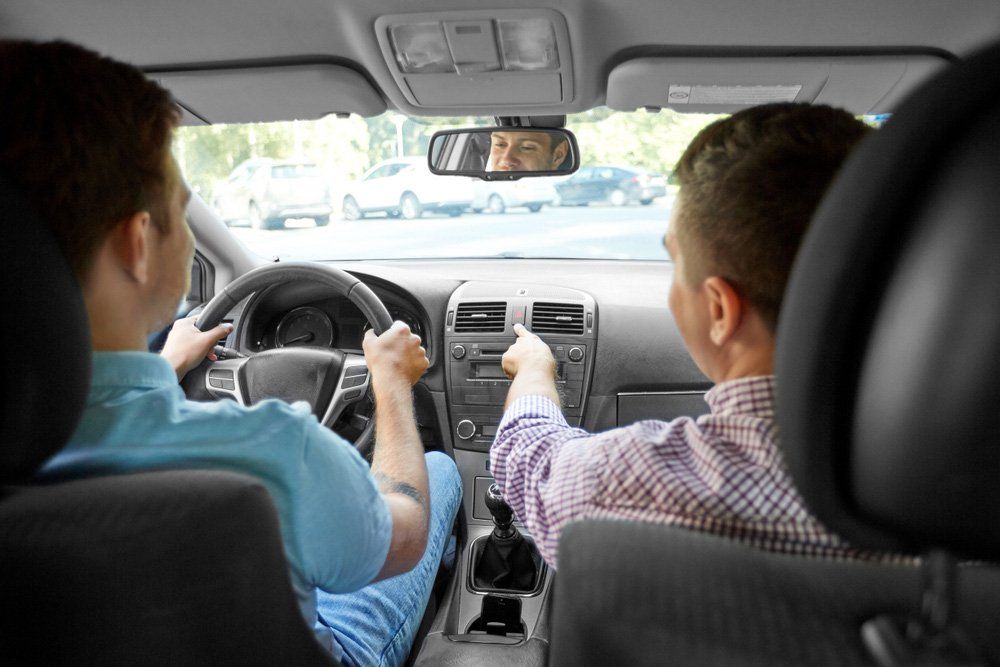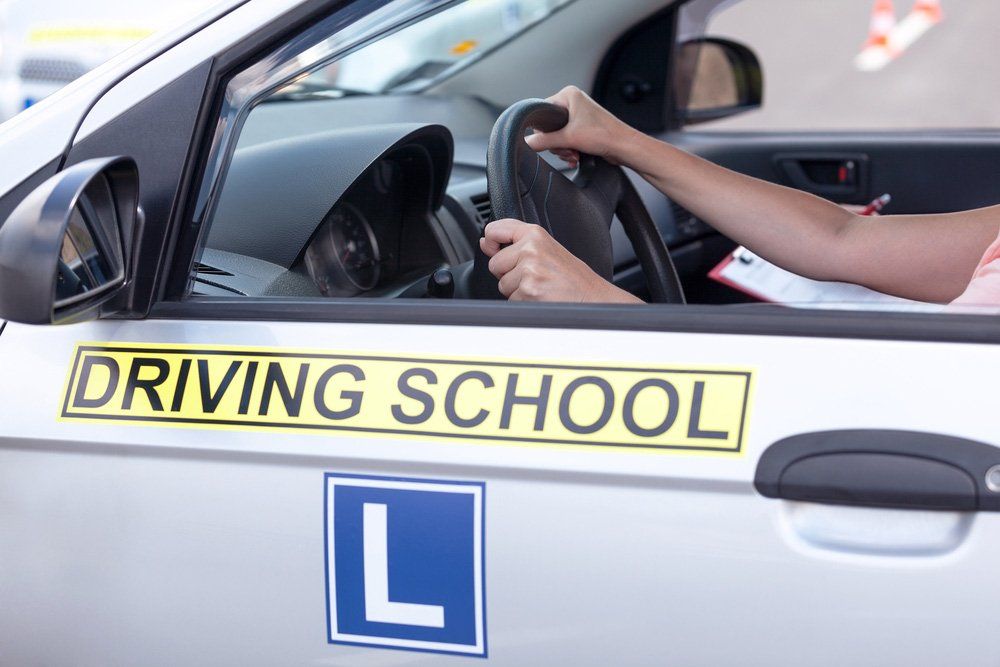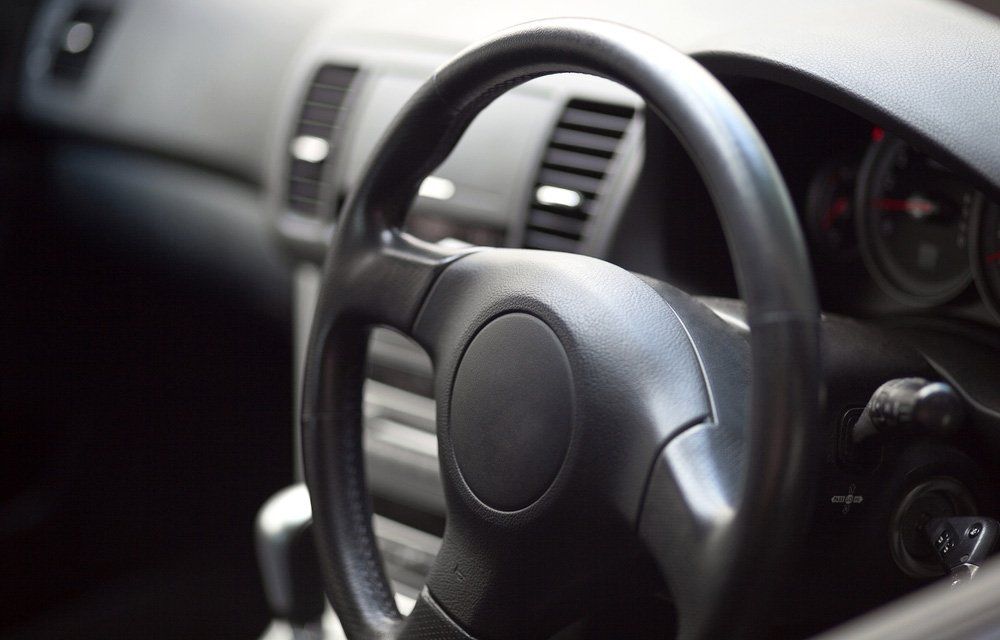Keep Up With Our Team
Want to know what we’ve been up to? Keep tabs on the latest happenings at 5 Star Driver Education in Townsville through our blog below. Here, you’ll find
helpful driving tips, lesson package specials and a raft of other useful information. To
book a lesson, or chat with a member of our team, get in touch today on
0408 870 953.
52 TEACHING POINTS TO PASS THE QSAFE DRIVING ASSESSMENT
THERE ARE 52 TEACHING POINTS WHEN LEARNING HOW TO DRIVE THAT NEED TO BE COVERED IN ORDER TO COMPETENTLY PASS THE QSAFE DRIVING ASSESSMENT. Q-SAFE PRACTICAL DRIVING TEST
When you undertake your practical driving test for a car licence you will be assessed on a number of tasks
PRE-DRIVE CHECK
The pre-drive check asks you to locate and explain the operation of a range of vehicle controls including wipers, washers, demister, air conditioner, seat adjustment, hazard lights, mirrors and headlights.
DRIVING TASKS
In your practical driving test, the driving examiner will check that you perform the following procedures correctly:
- stopping – use of the vehicle’s parking or foot brake when stopped.
- giving way – slow down or stop and give way to vehicles or pedestrians so they do not have to slow down, stop or take action to avoid your vehicle. This also applies to reversing your vehicle.
- signs, signals and road markings – obey all traffic signs, signals and road markings, including any warning and guide signs.
- moving off, changing direction or lane changing – follow this sequence:
- look in mirrors
- indicate your intention
- check the vehicle’s blind spot by turning your head
- check traffic, your road position and speed
- when beginning to move, check for changed traffic conditions.
- clutch – control the clutch so that there is a smooth take-up of power to the drive wheels and smooth gear changing; no clutch coasting.
- gears – demonstrate the correct use of gears appropriate for speed, vehicle and driving conditions.
- braking – drive to avoid harsh or abrupt movement by slowing the vehicle smoothly and progressively. The parking brake is used when the vehicle is stationary.
- speed – do not exceed the speed limit and drive at a speed that suits the road and traffic conditions.
- observation and scanning – be on guard, always looking for traffic hazards and possible problems. Look left, right, ahead and behind when approaching a hazard, then use a driving ‘system’ to deal with it in time – see Hazards, page 141.
- mirrors – check rear vision mirrors, including both side mirrors, frequently.
- following vehicles – in good conditions, travel at least two seconds behind the vehicle in front of you. Double this gap in poor conditions – see Safe following distance, page 139.
- marked lanes – keep within lane markings. Change lanes only after signalling and if it is safe to do so.
- road position – keep as far left as safe and practical when driving on a road without marked lanes.
- signalling and indicators – give other road users sufficient warning of what you intend to do – see Indicating and signalling, page 77. 31
- steering – always keep control of the steering wheel. Never: put your hands inside the rim of the wheel – remove your hands or let the wheel ‘go free’ hold the wheel with your arms crossed or so that the movement of the wheel is restricted operate the wheel with one hand unnecessarily (for example one arm resting on the door) palm the wheel with one hand operate the wheel with the vehicle stationary (‘dry’ steering).
- manoeuvres (classes C or CA) – perform Two of the listed manoeuvres (at least one with a reversing component):
- reverse parking – park the vehicle parallel to and within 45cm of the kerb. You can have one attempt with a maximum of two reverse and one forward movements
- Straight reverse – steer a steady course (in an approximately straight line), starting and finishing within 50cm of the kerb. The observation should be predominantly by turning your head and looking through the rear window
- Turn around – within the width of a street, turn the car around with a minimum number of forward and reverse movements. Do not turn the wheel when the vehicle is stopped
- U-turn – give way to all other vehicles and pedestrians and have a clear view of all approaching traffic
- Hill start – position the car parallel to and within 50cm of the kerb and move off without rolling backwards
- Gear-changing in automatic vehicles – if you are driving an automatic car, you may be asked to select a lower gear and re-select ‘drive’.










